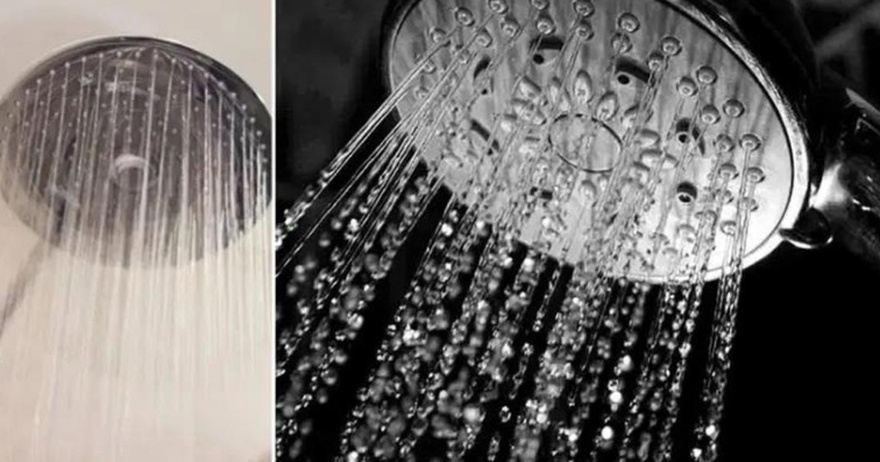In today’s digital era, where streaming platforms dominate our listening habits, there’s something truly enchanting about the analog experience of vinyl records. Vintage turntables, with their nostalgic sounds and tactile engagement, transport us to a different time. Central to this experience are the unique speeds of these record players and the rich history behind their creation. Let’s take a closer look at the origins of turntables, the importance of record speeds, and why these classic machines continue to capture our imaginations.
The Origins of the Turntable: A Revolution in Sound Recording

The journey of the turntable began in 1877 when Thomas Edison invented the phonograph, a device that could record and playback sound. Edison’s phonograph, however, used cylinders instead of the flat discs we associate with records today. It wasn’t until the 1890s that Emile Berliner introduced the gramophone, the first device to use flat discs, which made mass production and storage easier. This invention marked the beginning of recorded music as we know it and laid the groundwork for the turntables that would define 20th-century culture.
From Edison’s phonograph to Berliner’s gramophone, each step in this evolution brought us closer to the modern turntable. By the mid-20th century, turntables had become household staples, bringing music into homes and revolutionizing the way we experienced sound.
The Rise of Record Speeds: Understanding 78, 45, and 33 RPM
One of the defining characteristics of vintage turntables is their variety of playback speeds. Early record players didn’t have a standardized speed, which led to inconsistencies in playback. However, by the 1920s, three main speeds emerged: 78 RPM, 45 RPM, and 33 1/3 RPM. Each speed served a distinct purpose and helped shape music history.
78 RPM: The Early Standard
In the early 20th century, 78 RPM (revolutions per minute) became the standard playback speed. These records, typically made of shellac, were fragile and limited in duration, holding only three to five minutes of music per side. This short playtime defined the structure of early music, as artists had to condense their songs to fit this format. Although 78 RPM records were eventually replaced, they set the stage for the evolution of recorded music.
33 1/3 RPM: The Long-Playing Record
Introduced by Columbia Records in 1948, the 33 1/3 RPM format revolutionized the music industry. This slower speed, used for 12-inch vinyl records, could hold up to 22 minutes of music per side, making it ideal for full-length albums. The 33 1/3 RPM became the standard for LPs (long-playing records), allowing listeners to enjoy entire albums without frequent disc changes. This format paved the way for the album-focused listening experience that became popular in the 1960s and 1970s.
45 RPM: The Single Revolution
RCA Victor introduced the 45 RPM speed in 1949 as a durable, high-quality alternative to the 78 RPM. These smaller 7-inch records held about four minutes of music per side, making them perfect for singles. The 45 RPM quickly gained popularity in pop music, enabling artists to release single tracks that fans could purchase individually. This format played a significant role in the rise of pop culture and the music industry’s shift toward single hits.
Why Turntable Speed Matters: The Impact on Sound Quality
The speed at which a record spins not only affects playback duration but also has a major impact on sound quality. Faster speeds like 78 RPM initially offered better fidelity, but their short playtime limited musical expression. On the other hand, slower speeds like 33 1/3 RPM allowed for longer recordings but required technological advancements to preserve sound quality.
As turntable technology advanced, manufacturers began producing models capable of multiple speeds, allowing listeners to enjoy both singles and albums on one device. This flexibility became a hallmark of high-quality turntables and remains essential for today’s vinyl enthusiasts.
The Golden Era of Vinyl: Turntables as Cultural Icons
From the 1950s to the 1980s, vinyl records and turntables reached the peak of their popularity, becoming symbols of musical expression and cultural identity. Turntables weren’t just music players—they were also pieces of home decor, often integrated into stylish cabinets or sophisticated stereo systems.
During this golden era, vinyl brought people together to listen to jazz, rock ’n’ roll, and pop music in living rooms, coffee shops, and clubs. The act of selecting a record, placing it on the turntable, and listening from start to finish became a shared experience that shaped social connections and music appreciation. This era saw the turntable’s transformation from a functional device to a cultural icon, embedded in the lives and memories of a generation.
The Return of Vinyl: Why Turntables Are Making a Comeback
Although CDs and digital streaming temporarily overshadowed vinyl, recent years have witnessed a strong resurgence of interest in turntables. Modern listeners are drawn to the authenticity and tangible experience that vinyl provides. Handling a record, lowering the needle, and listening to that warm analog sound creates a sensory ritual that digital music simply cannot replicate.
This revival has inspired a new generation of vinyl enthusiasts and collectors, who value the analog sound, the visual appeal of album art, and the nostalgia associated with vintage turntables. Brands like Technics and Thorens have become household names among audiophiles, as people invest in both new and restored turntables to capture that unique vinyl experience.
How to Choose and Maintain a Vintage Turntable
If you’re considering purchasing a vintage turntable, there are a few essential factors to consider to ensure optimal sound quality:
Condition Matters: Look for a turntable with a functional motor and tonearm. Vintage parts may require repair or replacement, so investing in a well-maintained model can save you time and money.
Choose the Right Needle: The stylus, or needle, plays a crucial role in sound quality. A worn or damaged needle can damage records, so make sure to use one that’s compatible with your turntable and records.
Clean Your Records: Dust and dirt can accumulate on vinyl, affecting playback quality. Invest in a good record cleaning solution and brush to keep your collection in pristine condition.
Calibrate the Speed: Some vintage turntables need speed calibration to ensure accurate playback. Many models have built-in speed adjustments, but you may need a specialized tool for precise calibration.
Proper Storage: Keep your turntable and records in a cool, dry place away from direct sunlight and humidity to preserve them over time.
Conclusion: Embracing the Art of Analog Sound
Vintage turntables offer more than just a way to play music—they’re a gateway to a time when listening was a full experience, not just background noise. The tactile process of selecting, handling, and playing a record offers a distinct connection to music that streaming lacks. For many, these turntables are not just devices but cherished reminders of an era when music was personal, unhurried, and full of character.
Whether you’re a seasoned collector or a newcomer to the world of vinyl, exploring vintage turntables is a rewarding journey into the art and craftsmanship of analog sound. Embrace the nostalgia, appreciate the rich history, and let the timeless beauty of vinyl music fill your home with warmth and charm.
Κηδεύτηκε στα Τρίκαλα ο Νίκος Παλαιοκώστας – Με παρουσία αστυνομίας
Στη φόρα τρεις δεκαετίες αργότερα: Η αληθινή ηλικία της Αλίκης Βουγιουκλάκη, τόσα χρόνια έκρυβε τελικά
«Τρεις γενιές Καζάκοι»: Ο Κωνσταντίνος Καζάκος αγκαλιά με τον γιο του και όλοι παρατήρησαν το ίδιο πράγμα
«Ο άντρας μου με απατά και ξέρω και με ποια. Με το που είδα αυτό στα σκουπίδια τα κατάλαβα όλα αμέσως»






























